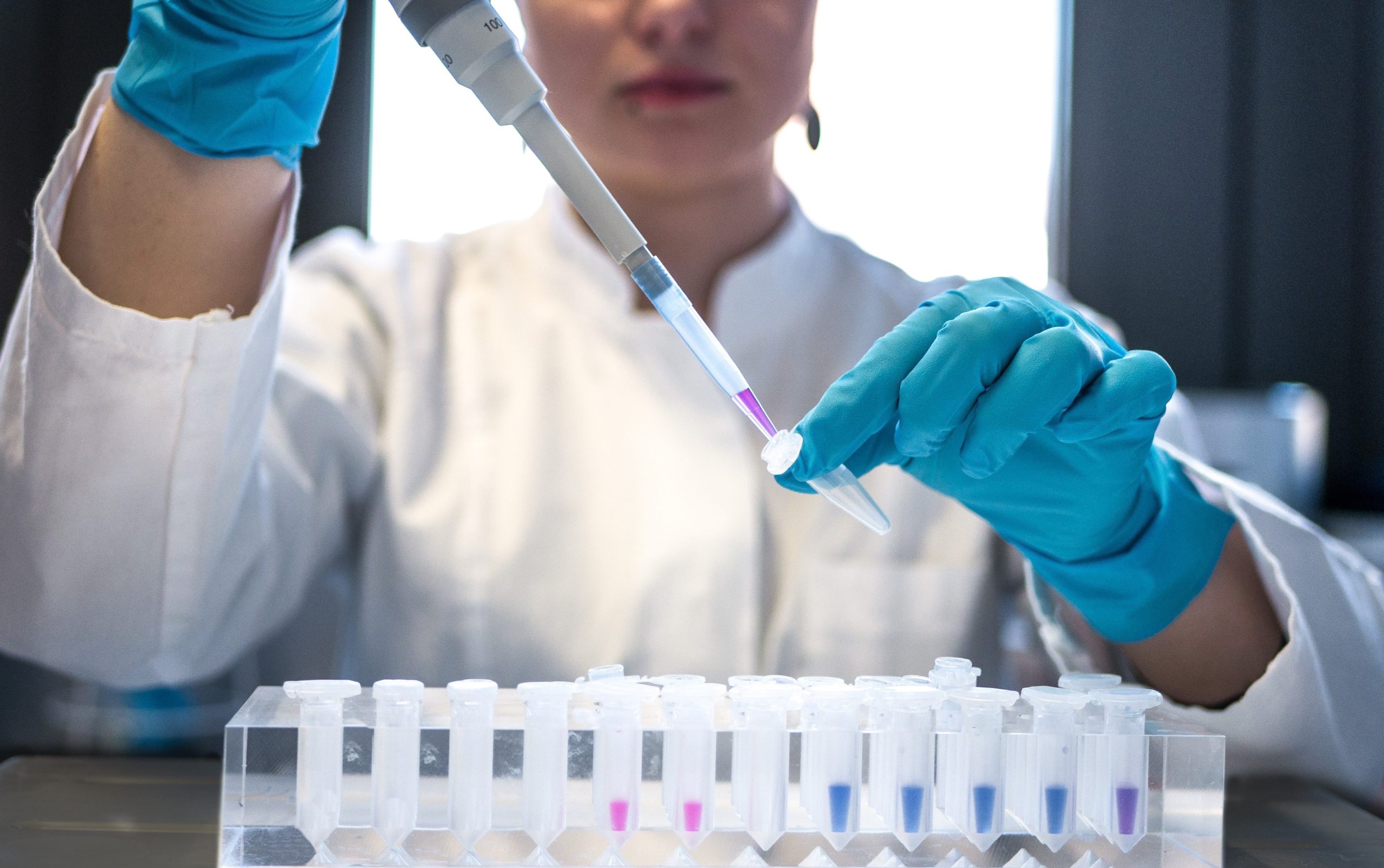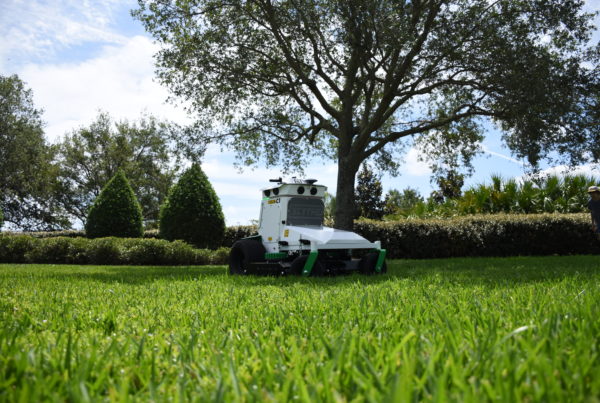Red blood cells are typically round and flexible, easily moving through blood vessels without our even noticing. But, for people affected by Sickle Cell Disease, red blood cells can unexpectedly morph into a sickle shape, becoming rigid and sticky. This can slow or stop blood flow, and lead to a sickling crisis, causing excruciating pain and potentially severe complications including organ damage, blindness, or stroke.
Sickle Cell Disease is a genetic disorder that affects 30 million people worldwide, including over 100,000 Americans. This inherited disorder primarily affects communities of color, compounding preexisting health equity issues. KovaDx is working to change that by developing a medical device that patients can use at home to monitor their red blood cells to predict and prevent sickling crises.
Here’s what co-founders, Song Kim, COO, a human rights lawyer turned entrepreneur (with her JD from NYU and MBA from Yale), and Tim Adamson, CTO, (also a Yale PhD computer science student) had to say about their device, which has the potential to change the health outcomes and quality of life for those suffering from Sickle Cell Disease like never before.
Why Sickle Cell Disease?
We care deeply about Sickle Cell Disease both on personal level and from a health equity perspective. On average, people with Sickle Cell Disease in the US have a sickling crisis about four times a year. A sickling crisis is an excruciatingly painful event that occurs when red blood cells start to sickle in large numbers. Sickling crises are unpredictable and when they occur, they typically cause patients to rush to the emergency room. Often, these patients are admitted to the hospital for days of treatment. So, you have an average of four times a year that a person with Sickle Cell Disease has a sickling crisis, spending an average of 13 days per year in the hospital. The medical device that we are developing will help patients to monitor their red blood cells regularly to predict and prevent these sickling crises.
How does your device promote health equity?
Sickle Cell Disease is a genetic disorder that primarily affects people of color, who are historically underinvested in. Sickle Cell Disease is no exception. It’s one of the most underfunded rare diseases in the country, especially per capita. Case in point, there are currently only four drugs that have been FDA approved on the market to treat Sickle Cell Disease. Even more, the current standard of care for sickle cell patients is awful and it’s all over the map. Typically, these patients don’t see doctors regularly. Instead, they go to the emergency room when they are in crisis, which is painful, costly, and disruptive. Multiple unpredictable health events each year negatively impact these patients’ education and earning potential, inequity issues that communities of color already face that are basically compounded by Sickle Cell Disease.
How does the technology work?
Our device images blood cells using a Quantitative Phase Imaging system. Various features of the images of red blood cells are then extracted and used to determine the health of the cells. When our device is used by the same patient over a period of time, we are able to monitor the changes in the patient’s health.
Is this a technology that patients can use at home?
Yes. To this point, we’ve built the three different tech components of our device separately. The next stage is to merge these three components together on one device so that we can them put in peoples’ homes. From a patient standpoint, it will be very straightforward. The patient will prick their finger with a lancet like those used for like glucose monitoring. They’ll put one drop of blood into the cartridge, put the cartridge in device, and the device will image the blood to determine its quality.
When did you start thinking about IP?
We started thinking about IP early on, especially because of our early partnership with Duke on the imaging system. We started off with an exclusive patent option on their patent for their imaging system. From there, we built our IP, adding the components necessary to make our device actually work.
How long have you been working with Yoriko on securing an IP?
We’ve been working with Yoriko for about a year. She helped us to file our non-provisional patent for the full system. She also helped us do a landscape analysis, which we probably should have done a long time ago, but we didn’t really know how to do without her. Thanks to Yoriko, we understand the landscape for our technology much better now. As a PhD who does patent work, she really understands both sides of things. She has been so amazing at connecting us to folks that we can learn from and most importantly, she really cares about the impact that we’re trying to have.





